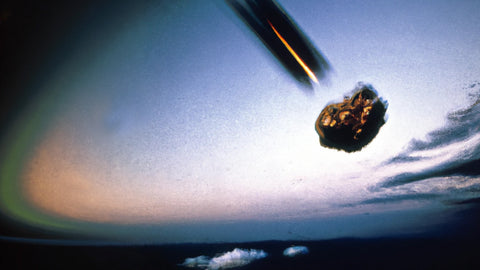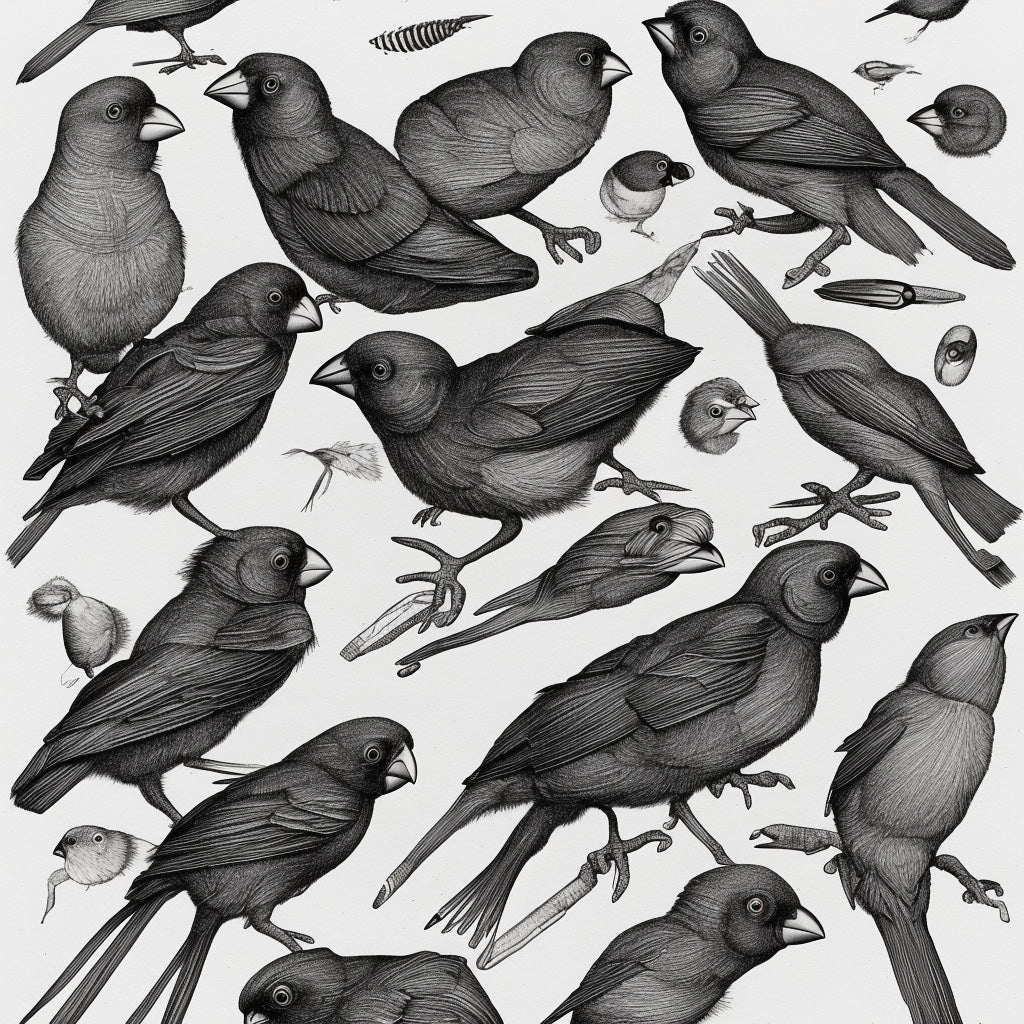Adaptation is a process by which an organism becomes better fit for survival in its environment. It occurs through natural selection, when different variations of genes that code for the traits important to survival become common in a population.
In biology, an adaptation (or adaptively important character) is any trait that improves fitness. Adaptation is one aspect of what Charles Darwin called his theory of biological evolution by natural selection; it includes both pre-natal development and subsequent post-natal development in response to the environment as well as any other part of an organism's life history that affects its fitness.
Historical catastrophes have often been responsible for mass extinction events, resulting in the subsequent evolution and diversification of new species to fill vacant niches.

You may have heard that the dinosaurs were wiped out by a massive meteorite impact. What you might not know is that before this event, there was little diversity among dino species. After the collision and subsequent extinction, new species evolved from what remained of the dinosaur population and filled empty niches in the ecosystem.
This process - biological adaptation - can be seen throughout history. The evolutionary trajectories of many organisms are permanently altered by environmental changes brought on by natural disasters like floods or earthquakes; when these catastrophes occur, they result in new opportunities for species to fill vacant niches in their respective habitats.

Adaptations typically take place over a long period of time, and generally represent a response to environmental changes or different modes of adaptation.
Adaptations can be physiological, morphological, or behavioral. Physiological adaptations enable an organism to better survive in its environment by improving its ability to detect and interact with the environment through senses such as sight, hearing, and smell. Morphological adaptations are physical changes that benefit the organism's survival; they can include changes in coloration, size, and shape (for example an animal's coat becoming thicker during winter).
Morphological adaptations also involve changes in body structure, but they are not as complex as physiological adaptations. For example, some animals have developed thicker skin or a layer of fat to help them survive in cold temperatures. Other organisms might change their shape in response to the environment; for example, certain types of fish can flatten out their bodies so that they are more streamlined and less likely to be caught by predators. These morphological adaptations help an organism survive in its environment by making it better able to move around or avoid being eaten by other organisms.

Behavioral adaptations are learned behavior patterns that aid survival by helping individuals find food sources or avoid predators.
For example, deer that live in the north of Canada migrate south during the winter months to avoid harsh weather conditions and predators. Some animals also hibernate or aestivate (a long period of dormancy) during seasons when food is scarce or environmental conditions are unfavorable for survival. Camouflage is another common form of behavioral adaptation; many organisms use camouflage as a defense mechanism against predators at all stages of their life cycle (larvae, juveniles, adults).

Evolutionary change may be slow or rapid, depending on the environment. In recent years, the speed of evolution has been linked to two main factors: population size and generation time. Evolutionary biologists consider these factors when trying to predict how fast a given species will adapt under certain conditions.
Sometimes it takes millions of years for an organism to adapt—like when dinosaurs went extinct, and mammals took over as the dominant species on Earth today. But other times it can happen in just a few generations like when humans developed better technology during World War II so they could fight off invading armies from other countries who wanted control over our land or resources! The world is an ever-changing place and evolution is its driving force. Adaptation is what allows living things to survive in this changing world, but it’s not always easy.
Digital images by Stacey Posnett

